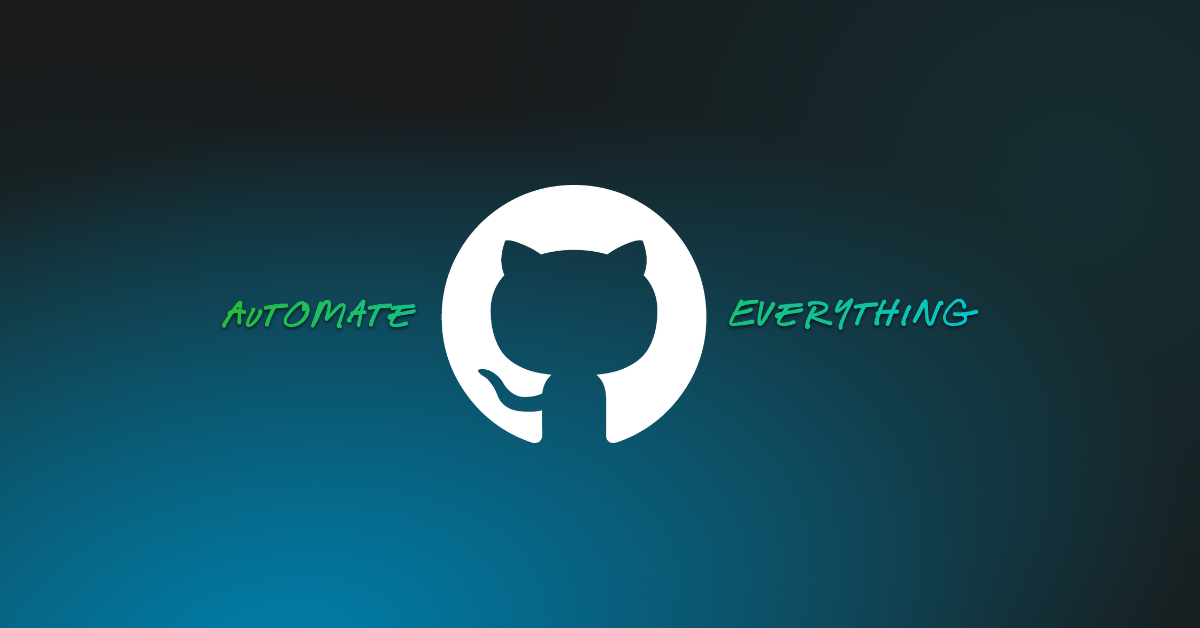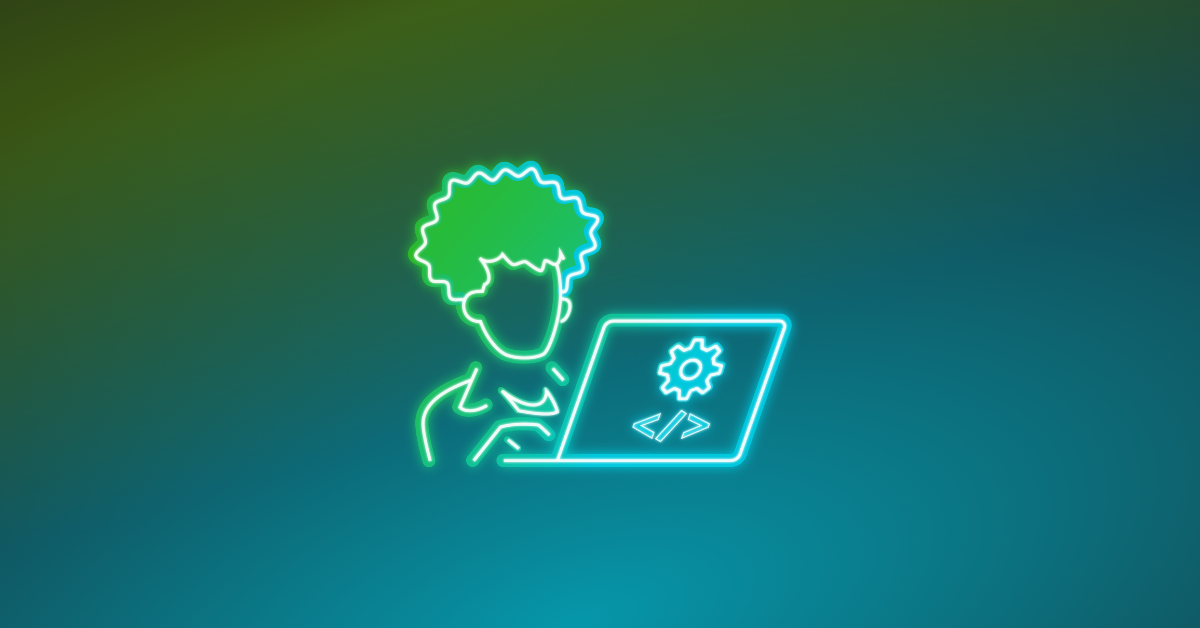Regardless of their industry or size, organizations that release software have the goal of creating and delivering quality software solutions as fast and efficiently as possible to end-users. This often proves to be a differentiator between survival and success, especially in a highly competitive international marketplace. That's where having a DevOps toolchain can come into play.
In this blog, we'll cover what a DevOps toolchain is, why it's important to have one, and what practices and tools you can select for your business.
What Is DevOps?
Before we can talk about what a DevOps toolchain is, we need to understand DevOps. At the highest level, DevOps is a system that focuses on improving the entire process of software product development. But of course, it's a lot more than that. DevOps is more of a mindset and a holistic way of thinking that organizations have to implement to gain the best results possible. Eventually, the goal is to break the barriers between different teams, namely development, and IT operations, and motivate them to communicate and collaborate better. With combined powers, they can develop and release a better product faster. They can deal with problems quicker, more effectively, and with less overall complexity, among other things.
Of course, implementing DevOps successfully is not an easy task. It requires effort and discipline from all members involved. Fortunately, many tools exist that work together. Indeed, they form a chain and support DevOps processes to help them run smoothly throughout all phases of a product's life cycle.
What Is a DevOps Toolchain?
The core of DevOps consists of two practices called continuous integration and continuous delivery (CI/CD). An organization can provide continuous software updates to end-users with these practices. Additionally, they can reduce development costs and risks, as well as strengthen release cycles.
With the term "DevOps toolchain," we refer to the tools a team uses to make the development, delivery, and management processes of a product's life cycle easier, more effective, and aligned with the organization's DevOps culture.
Having a DevOps toolchain that's planned well and suitable to your needs can help companies reach their goals and maintain an efficient software development process. It can also simplify complex tasks and support team members to complete them faster and reduce effort.
Benefits of a DevOps Toolchain
There are several benefits an organization can gain from the implementation of a DevOps toolchain, such as the following:
- Rapid product delivery: DevOps tools can automate several stages of the software delivery process. This results in the creation of innovative products and quick delivery to the end-user. Also, this process generally contributes to developing products that can give a competitive advantage over competing companies.
- Better resource management: The automation of manual processes can reduce the amount of company spend on resources. Also, since the processes are automated, errors resulting from human error or mismanagement of time are mitigated. This way, the budget, and general resources are better managed.
- Increased collaboration: A DevOps toolchain improves the development process as it removes constraints between teams. As a result, the work of all members is coordinated, so there is no frustration about who is doing what and when that could lead to unnecessary delays in product delivery.
- Efficient handling of issues: A DevOps toolchain ensures high quality, a fast deployment process, and quick responses to problems. To achieve this, immediate alerts inform the team of any issues that might occur. This is known as “fast feedback.” From there, developers can resolve them before they escalate and have a negative impact on the end-user.
Having a DevOps toolchain that's planned well and suitable to your needs can help companies reach their goals and maintain an efficient software development process.
Toolchain Implementation Practices
Choosing the right DevOps toolchain starts with understanding basic DevOps practices and how the tools can help them. The choice of tools should be based on flow, connectivity, and visibility. Additionally, the chosen tools should allow teams to collaborate at all development, testing, and deployment stages.
Organizations usually have two options: an all-in-one DevOps toolchain or one that's custom to their needs. Choosing the right approach plays a critical role, as it will shape the DevOps team practice.
All-in-One DevOps Toolchain
This is an all-encompassing solution ideal for companies just starting with DevOps or for teams that immediately initiate a project. They tend to provide the functionality needed in a DevOps practice, including source code management, ticketing/issue tracking, pipelines, artifact storage, and more. For example, GitLab and Azure DevOps (Formerly Team Foundation Services) are All-in-One tools that contain the basic functionality needed to build foundational DevOps processes. GitHub has been adding features such as GitHub Actions and GitHub Packages, pushing it closer to being an All-in-One DevOps Toolchain.
The downside is that most established teams already have tools they use that may not be integrated into an all-in-one DevOps toolchain. In addition, these integrated packages aren’t as easily customizable if teams wanted to replace one piece of functionality for a different tool altogether.
Custom DevOps Toolchain
In a custom approach, you can create a toolchain that suits your needs. This allows team members to add tools they already use and know well. The choice of tools can be individualized depending on the project or team.
A smooth process can only be achieved by integrating and committing to a toolchain. Otherwise, you'll probably spend time switching between screens and connecting to different platforms, and it may be challenging to share information between tools.
Tools to Consider
DevOps is a practice with different phases. Although there are flow variations, more or less, the core remains the same. Below, we'll follow a basic DevOps pipeline and discover some of the most popular and efficient tools for each phase.
Everything as Code
Code is constantly changing, and development and ops teams have to be on the same page. Source code management tools help teams keep track of all the code changes. This way, the codebase is organized into versions that allow more effective management and enhance the collaboration between the two teams. Using a Git-based SCM tool is the foundation of a modern DevOps toolchain. Some of the most popular source code management tools are GitHub, GitLab, Azure DevOps, and Bitbucket.
Continuous Integration
This phase is one of the most important of the DevOps life cycle. Here we can detect and solve problems before they become difficult and expensive to handle. Continuous integration has different subphases like unit testing, code build, source code analysis, and security scanning. Some of the most popular tools for each subphase are JUnit and NUnit for unit testing, Maven and Gradle for dependency management and compilation, and SonarQube for code analysis. Picking the correct tools is important and dependent on your development stack. For example, if a team is building with Node.js, they would likely use something like Jest and npm for unit testing and dependency management, respectively, as opposed to Junit and Maven for Java.
Of course, there is no shortage of great CI tool options. CI tools like Jenkins, Azure DevOps, GitLab, or GitHub Actions, handle the whole continuous integration phase.
Continuous Testing
The continuous testing phase aims to find bugs in the code and determine its usability. Popular automation testing tools like Selenium, JMeter, and TestNG can run many tests simultaneously, increasing the code coverage and making the testing process more effective.
Continuous Delivery and Continuous Deployment
Continuous Delivery is the ability to deploy changes of all types—including new features, configuration changes, bug fixes, and experiments—into production, or into the hands of users, safely and quickly in a sustainable way.
Continuous Delivery builds on the practices established by Continuous Integration for developing software in a way that allows short release cycles. True Continuous Delivery (CD) requires that the product is in a "releasable" state at any given moment. A “releasable” product is working software that meets the minimum quality standards required by your organization. This is a modern approach that is a core principle of the DevOps philosophy and crucial for successful software teams.
Continuous Delivery is a prerequisite to Continuous Deployment, which automatically deploys every change to production. With Continuous Delivery, changes can be manually approved or deployed at the desired time, but there are no manual gates required for Continuous Deployment.
Modern toolchains are built to enable Continuous Delivery of your software. Cloud native infrastructure like Kubernetes was built due to the need to handle immediate, on-demand deployments at an enterprise scale.
Observability
Observability enables organizations to understand better how their product is running and performing as expected. Observability should exist at each stage of software delivery. As a result, it helps make a product more reliable. Additionally, it allows you to increase efficiency by making changes and adjustments to your DevOps strategy. There are several tools available, and which one you select depends on the kind of monitoring or other observability needs you have. Tools like Prometheus, Splunk, or Dynatrace can provide immediate insight into your software in real-time.
Conclusion
Implementing DevOps practices takes time and effort. Doing so requires a new mindset, and selecting the right tools is essential. At Liatrio, we help organizations increase the quality and security of their software. With Liatrio's help, you can select your toolchain and design your pipeline based on the right technologies for your organization, ensuring you adopt the right DevOps tools that can increase productivity and enhance delivery.










